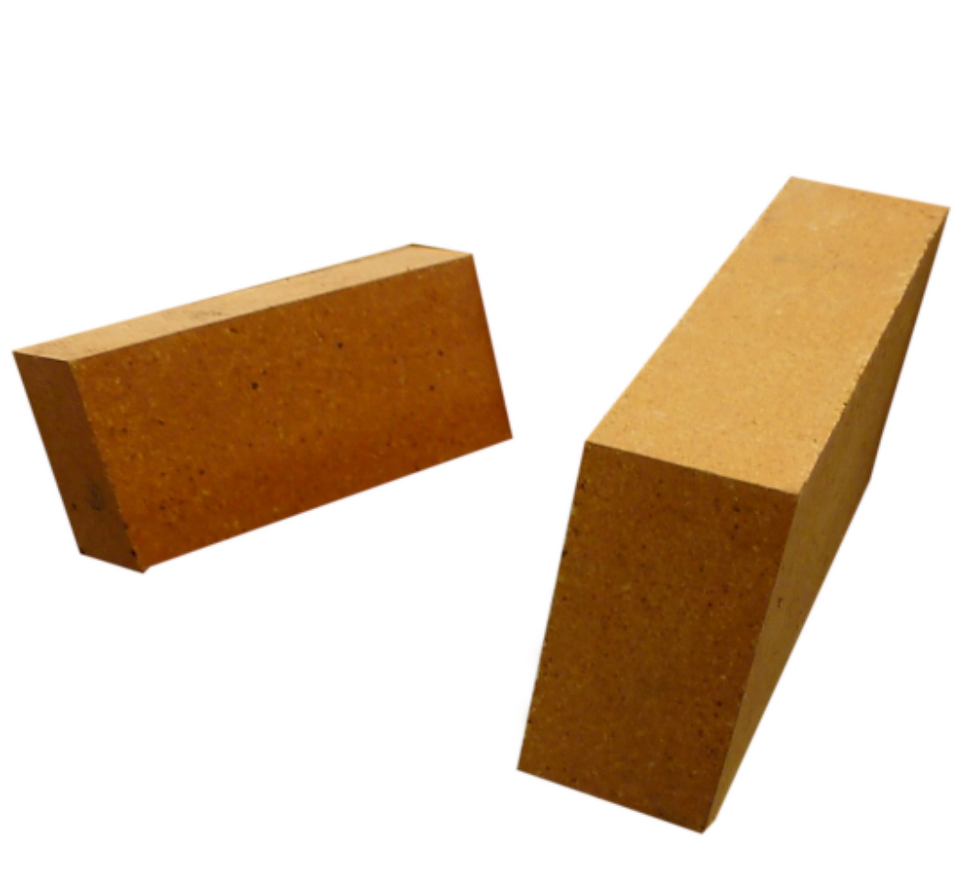Buy good quality high alumina cement at low price made in India and China at Wedge. We assure high performance guarantee and offer complete solution supply & installation on Total Refractory management basis at lowest possible cost matching to your SOPs.
High alumina cement (HAC), also known as calcium aluminate cement (CAC) or aluminous cement, is a specialized type of cement with a high alumina content. It is manufactured by calcining a mixture of limestone and bauxite or alumina at a high temperature, typically around 1450 to 1600°C. The resulting product is then finely ground to produce high alumina cement powder.
Key Features and Benefits of High Alumina Cement:
Chemical Composition: High alumina cement primarily consists of calcium aluminate phases, particularly monocalcium aluminate (CaO·Al2O3 or CA), dicalcium aluminate (2CaO·Al2O3 or CA2), and tricalcium aluminate (3CaO·Al2O3 or CA3). The alumina content typically ranges from 40% to 80% by weight.
Properties:
- Rapid setting: High alumina cement sets and hardens quickly, achieving initial strength within a few hours of mixing.
- High early strength: It develops high compressive strength in the early stages of hydration, making it suitable for applications requiring rapid turnaround times.
- High temperature resistance: HAC exhibits excellent resistance to high temperatures, making it suitable for refractory applications and specialized concretes exposed to heat.
- Chemical resistance: It offers good resistance to chemical attack from sulfates, acids, and other aggressive substances, making it suitable for use in aggressive environments such as sewage treatment plants.
- Low permeability: High alumina cement has low permeability, providing good durability and resistance to water penetration.
Applications:
- Refractory linings: High alumina cement is widely used in the manufacture of refractory bricks, castables, and monolithic refractories for lining high-temperature equipment such as kilns, furnaces, ladles, and incinerators.
- Rapid repair and maintenance: Its rapid setting and high early strength make it suitable for emergency repairs, patching, and maintenance work in concrete structures, especially in industrial settings.
- Specialized concretes: HAC is used in the production of specialized concretes for applications requiring high temperature resistance, rapid strength development, and chemical resistance, such as precast concrete elements, marine structures, and chemical containment areas.
Considerations:
- Thermal expansion: High alumina cement has a relatively high coefficient of thermal expansion, which should be considered when designing refractory linings to avoid cracking during thermal cycling.
- Shrinkage: It is prone to early-age shrinkage, so proper curing and moisture control are essential to minimize shrinkage cracking.
- Sulfate attack: While high alumina cement offers good resistance to sulfate attack compared to Portland cement, prolonged exposure to sulfates can still cause deterioration over time, especially in aggressive environments.
In summary, high alumina cement is a specialized cement with unique properties that make it suitable for applications requiring high temperature resistance, rapid strength development, and chemical resistance. Its use is prevalent in refractory industries, construction, and infrastructure projects where durability and performance under challenging conditions are crucial. However, proper handling, mixing, curing, and design considerations are essential to ensure the optimal performance and longevity of structures incorporating high alumina cement.
Low Price High Alumina Cement
Get Quote / Price
Get Price
Click here to send enquiry and get best price for your location.
































